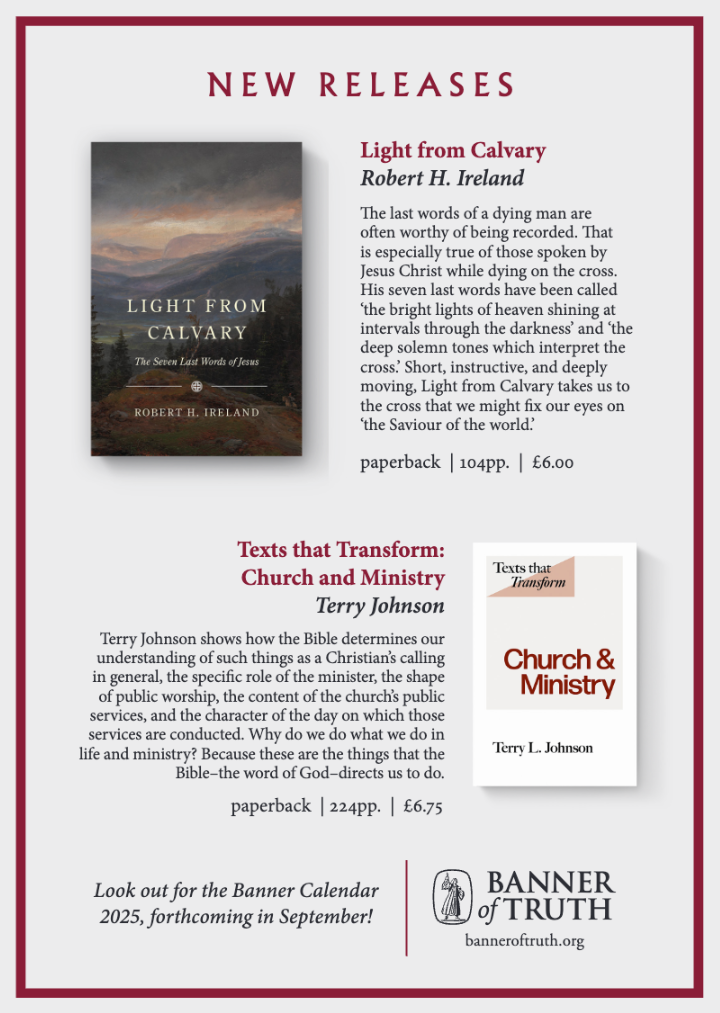To date, our reflections on cults have been restricted mostly to the definition and usage of key terms like ‘sect’, ‘cult’ and ‘new religious movement’. While all these terms are somewhat ambiguous and limited in their usefulness, yet it is the term ‘cult’ that is more often used in modern parlance and by the media.
It will be no surprise to you that the term ‘cult’ is still in the news. I can give you many examples of this but I confine myself to four.
Cults in the news
An unusual story concerns the former Roman Catholic Archbishop of Lusaka, Emmanuel Milingo, who at the age of seventy-one has just flabbergasted the Vatican by marrying a member of the Moonies, a cult which is officially called the Unification Church.
Almost thirty years younger than himself, his bride was Maria Sung. Hours before the ceremony, a Vatican spokesman appealed to the archbishop not to proceed with the marriage. But the ‘Moonie wedding’ took place as scheduled. Sung and Milingo were one of sixty couples joined in wedlock by the Korean cult leader, Rev. Sun Myung-Moon, in the ballroom of a prominent New York hotel. Milingo intends to take his wife to Zambia this summer in order to work among the poor and sick.
The Guardian newspaper recently included a major article under the title ‘Conductor on trial for cult deaths’ (18/4/01). The cult concerned is the Solar Temple, which was responsible for the five group murder-suicides in France, Switzerland and Canada between 1994 and 1997. In the cult’s chapel in Chelry, Switzerland, in 1994, for example, as many as seventy-four members died in one incident alone, in a mass suicide.
Michael Tabachnik was charged with ‘association with criminals preparatory to crimes and assassinations’. The police believe that he incited the cult’s followers to accept that their premature death would lead to salvation. The cult believes that ‘death voyages’ by means of ritualised suicide is guaranteed to lead to rebirth on the star Sirius. To reach the ‘afterworld’, they teach, they must burn to death.
Polygamy
The Mormon cult is also in the news at present. The reason? Utah State authorities are embarrassed by polygamist, Tom Green, who has five wives and twenty-five children!
Green has recently been charged with bigamy by State prosecutors and, if found guilty, could be jailed for five years. For Green, the charge is regarded as an attack on freedom of religion and expression. Many of his supporters feel that the legal action is motivated by the desire to remove all associations of polygamy from Utah and project a contemporary ‘respectable’ image for the Winter Olympics, scheduled for Salt Lake City in February 2002.
Polygamy has a long history in sections of Mormonism. But only nine years after President Lincoln signed the anti-bigamy law in 1862, the Mormon leader Brigham Young was arrested for ‘lewd and lascivious cohabitation’ with his sixteen wives!
Polygamists are now, it is claimed, excommunicated by the cult. Interestingly, Green’s great-grandfather was brought up in Tayside, Scotland, and, after emigrating to the United States, joined Mormonism. To avoid prison in the 1880s, he fled with his ‘plural wives’ to Canada. And now Green – who supports the Scottish National Party – and his ‘wives’ dream of moving to Scotland. ‘Would they accept us there?’ one of his wives asks in all seriousness.
What about American pastor Jack Stahl? Is he cultic? Has he created a cult? Or is he merely exploiting people? Well, whatever answer you give, he is in the news.
Based in Sacramento, California, Pastor Stahl is convinced that Tom Jones, the renowned pop singer, is god. The claim is incredible and blasphemous.
Belonging to the Progressive Universal Life Church (PULC), Stahl lists numerous spiritual blessings he receives in listening to the singer. ‘I believe he is a god,’ Stahl declares, ‘and I worship him’.
The media are puzzled by Stahl, but also cautious. And the main reason for the caution is that Stahl’s church ‘seems just a little more financial than spiritual’ (South Wales Echo, 19/5/01). Healing, ordination to the ministry (the cost is $150), ‘doctorates’ (a mere $170), and discounted air tickets, as well as hotel rooms, are some of the many things on offer from this man. Beware!
Shared features
The first point I am making by providing these four examples is that cults continually make the headlines in news programmes, daily newspapers and news magazines. And the public is often intrigued, as well as disgusted, by what they hear about some cults.
My second point from the foregoing examples is that it can be difficult identifying some groups as cults. For that reason, in last month’s article I introduced the helpful distinction between a cult and a group, church or individual with cultic features or tendencies.
For example, how do we describe Pastor Jack Stahl of California? Sociologists like J. Saliba identify negative features that belong to their recognition of a cult. Among these negative features are deceptive recruitment techniques, financial and psychological exploitation, the discouragement of rational thinking, total allegiance in terms of energy, time and finance, then the aura of mystery or secrecy. Clearly only some of these features apply to Stahl and that is why the media tends to suspect that he is only using religion as a lucrative means of making money.
Stahl’s adoration of Tom Jones, however, is not only bizarre; it is total, cultic and idolatrous. For example, Stahl attributes his spiritual awakening, the effectiveness of his ‘spiritual’ work, the enjoyment of inner peace and the exorcism of evil spirits to Tom Jones. He also prays for his parishioners at his Tom Jones ‘altar’. Stahl is in danger of developing his aims and ideas into a fully-fledged cult.
My third and final point is this. While sociological and historical factors are extremely helpful in identifying, understanding and classifying cults, yet they are inadequate without the testing of claims, beliefs and actions by the supreme standard of the Bible. That must be the ultimate test, whether sociologists like it or not. I will illustrate this with regard to Pastor Stahl.
Biblical tests
‘You shall have no other gods before Me’ (Exodus 20:3) is a divine command to which Stahl and everyone else should give heed. This allows no compromise at all. Positively, our duty is to love and obey the triune God with all our heart, all the time.
Negatively, God commands us not to give to any other person or thing the love and worship due to him. Furthermore, compared with humans who ‘wither away like grass’ (Psalm 102:11-12), the Lord alone ‘endures forever’; he remains ‘the same’ and his years ‘will have no end’ (v.27). For these reasons alone it is foolish to worship Tom Jones or any other human being.
The Bible provides us too, with another powerful but similar contrast. While people are like grass that withers, the Word of our God ‘stands forever’ (Isaiah 40:6-8). And the apostle Peter in quoting these words adds: ‘now this is the Word which by the gospel was preached to you’ (1 Peter 1:25).
There is an enormous challenge here to us all. Fame, physical beauty and strength, wealth, even a good singing voice, will all fade away. Only God’s Word is permanent.
But there is more to the challenge. God’s Word is also reliable. It is completely trustworthy; God is faithful to his Word. And, thankfully, it is also a ‘living’ and powerful Word. As Alan Stibbs writes, God’s Word ‘never becomes obsolete or a dead letter. It continues to speak to people unchanging, vital, present truth. It continues to find completion and vindication in unfailing fulfilment’ (1 Peter, Tyndale, p.94).
And it is by means of this Word alone that people can be ‘born again’ (v.23), forgiven and reconciled to God in Christ. That is the gospel, and it is glorious news for people everywhere.
But this good news is found nowhere except in the Bible. And it is by this absolute standard of God’s Word that we are to judge the beliefs and teachings of others, whether they are cult members or anything else.
Next month I will turn the spotlight to reflections on our own churches. How ready are we to receive ex-cult members? And what are we doing as churches to reach people in the cults with the gospel? There are pastoral as well as evangelistic challenges for churches here.








